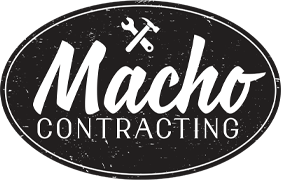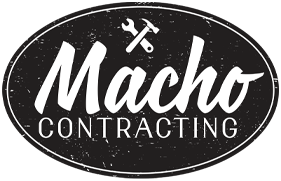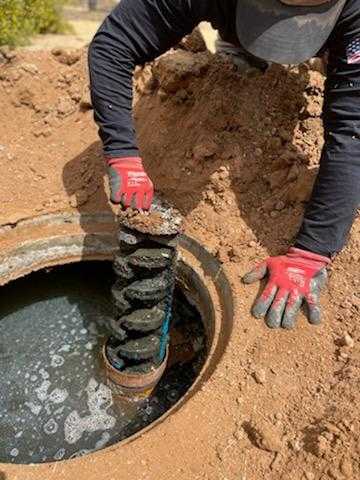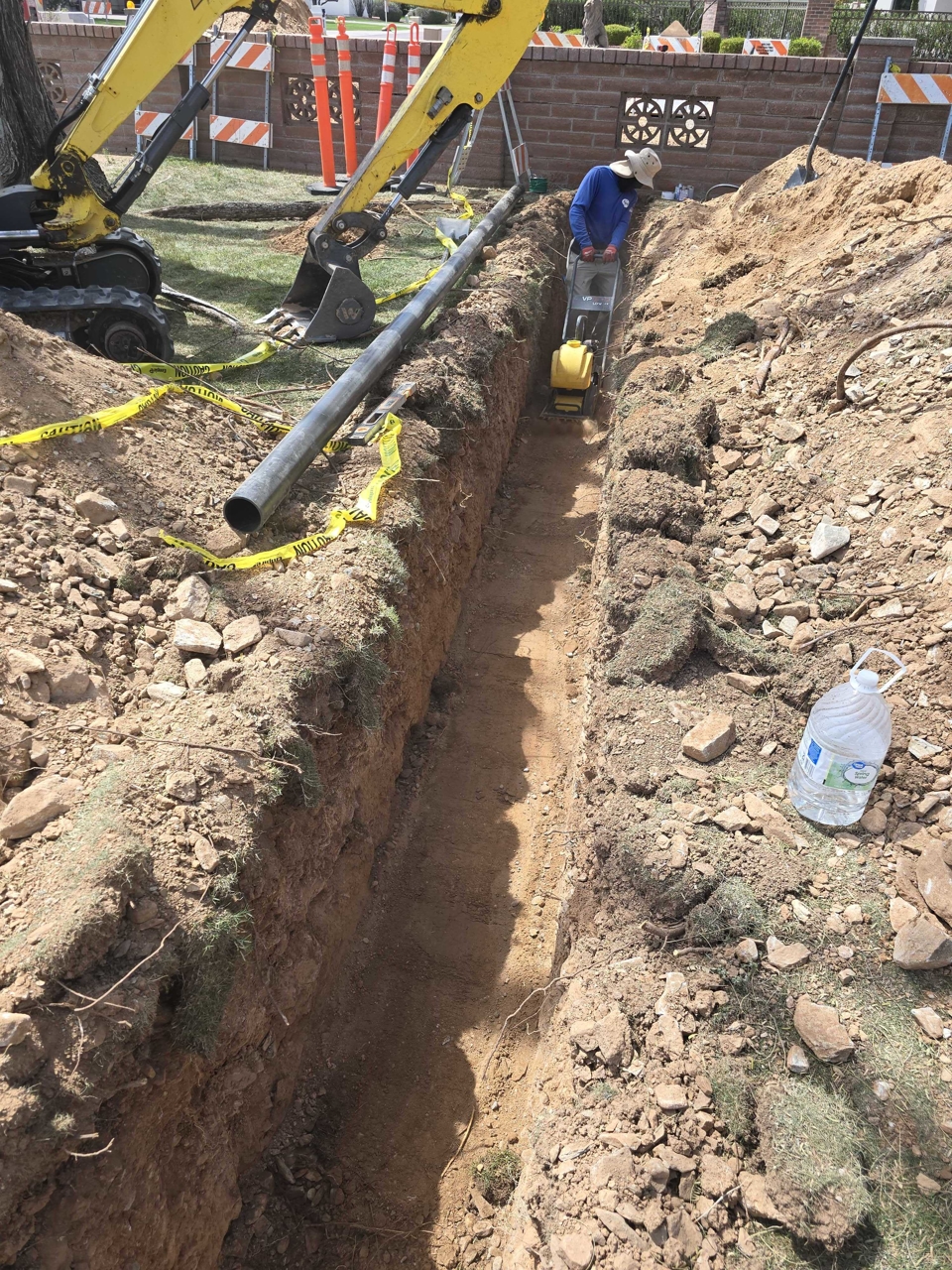Septic systems are vital for wastewater management in many homes and businesses, particularly in rural areas. They consist of several key components, including the septic tank, drainfield, and septic effluent filter. While the tank and drainfield often get more attention, the effluent filter plays a crucial role in keeping your system running smoothly. In this guide, we'll explore the importance of septic effluent filters, the various sizes and options available, how to clean and maintain them, and when to call in a professional.
The Role of Septic Effluent Filters
Septic effluent filters are simple devices, usually made of plastic or PVC, that are installed in the septic tank's outlet baffle. Their primary function is to prevent solid particles and debris from flowing into the drainfield. Here's why they are essential:
Preventing Clogs: Effluent filters catch solid waste particles and prevent them from clogging the drainfield pipes. This reduces the risk of costly clogs and backups.
Protecting Drainfield Health: By filtering out solids, these filters promote the health and longevity of your drainfield. Unsaturated soil is more efficient at treating wastewater, and effluent filters help maintain this condition.
Improving System Efficiency: A well-maintained effluent filter ensures that only liquid effluent flows into the drainfield. This improves the overall efficiency of your septic system.
Sizes and Options
Septic effluent filters come in various sizes and configurations to accommodate different septic tank designs and capacities. Common options include:
Mesh Sizes: Filters are available with various mesh sizes, typically measured in microns. Finer mesh captures smaller particles but may require more frequent cleaning.
Filter Materials: Filters can be made from materials like plastic, PVC, or stainless steel. Plastic filters are affordable and easy to replace, while stainless steel filters are durable and long-lasting.
Filter Types: Some filters are designed as drop-in cartridges, while others are integrated into the tank's outlet baffle.
Choosing the right size and type of filter depends on your tank's size and the volume of wastewater your household generates.
Cleaning and Maintenance
Regular maintenance of your septic effluent filter is essential to ensure it functions correctly. Here's how to clean and maintain it:
Frequency: Check the filter every three to six months, but more frequent checks may be necessary for households with heavy water usage.
Cleaning: Remove the filter and rinse it thoroughly with a garden hose or a bucket of water. If it's heavily soiled, consider using a soft brush to remove stubborn debris.
Replacement: Filters have a lifespan, typically several years. If your filter is damaged or deteriorating, replace it promptly.
When to Call a Professional
While cleaning and maintaining your septic effluent filter are tasks you can often handle yourself, there are situations where professional help is necessary:
Damage: If the filter is damaged, cracked, or broken, it should be replaced by a professional.
Backup or Slow Drainage: If you experience sewage backups or slow drainage, it may indicate a more extensive issue with your septic system that requires professional diagnosis and repair.
Routine Maintenance: If you're uncomfortable or unfamiliar with septic system maintenance, it's advisable to hire a professional for regular inspections and cleaning.
Septic effluent filters are the unsung heroes of septic systems, ensuring that only liquid effluent reaches the drainfield. By understanding their importance, selecting the right size and type, and performing regular maintenance, you can keep your septic system running efficiently for years to come. When in doubt, consult a professional to ensure the proper care of your septic effluent filter and the overall health of your septic system.





